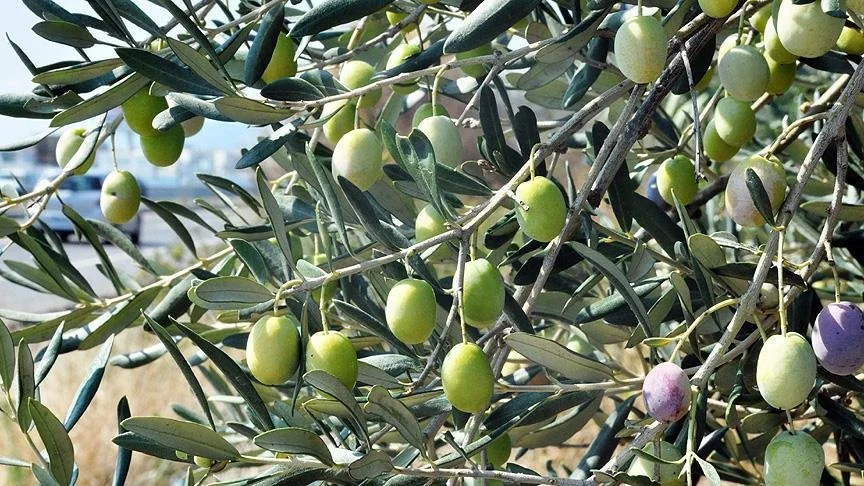Syria Monthly Report
October 2025
Executive summary
International Engagement
Syria’s foreign relations during October 2025 reflected cautious realignments. Ahmad al-Sharaa’s visit to Moscow underscored Damascus’s effort to reaffirm its strategic partnership with Russia while seeking assurances on economic aid and open discussions over the signed agreements with Assad’s regime. In parallel, Syrian-Lebanese relations entered a new phase of pragmatic engagement driven by judicial cooperation over prisoners' extradition and shared economic pressures, signaling a recalibration after years of political friction. In Washington, the US Senate’s move to revisit the Caesar Act opened debate on the future of sanctions, revealing growing bipartisan concern over their humanitarian impact and geopolitical efficacy.
Security, Governance, and Political Stability
Institutional stress deepened across public sectors, with education emerging as a key indicator of governance decline marked by teacher shortages and deteriorating infrastructure. In As-Sweida, post-road map dynamics were defined by fragile stability and continued mistrust between local factions and the central government, as Damascus sought to reassert limited control through negotiation rather than reform. In the northwest, foreign fighter activity around Idleb sustained insecurity and highlighted the limits of state consolidation. Meanwhile, clashes between the Syrian government and the SDF in Aleppo’s Sheikh Maqsoud and Ashrafiyeh neighborhoods exposed ongoing volatility in local ceasefire arrangements despite renewed dialogue in Damascus.
Economic Stability
Economic tensions persisted between Damascus and the Autonomous Administration, where competing governance systems and restrictions on cross-line trade disrupted markets and elevated prices. Agricultural production weakened further; cotton and olive yields declined due to drought, high input costs, and infrastructure decay, eroding rural livelihoods and export capacity.
Infrastructure and Services
Access to drinking water showed mixed progress. Localized maintenance efforts and NGO interventions improved supply in select urban centers, but systemic gaps in treatment and distribution persisted across rural areas, underscoring the limits of institutional recovery and the growing dependence on private or informal solutions.


